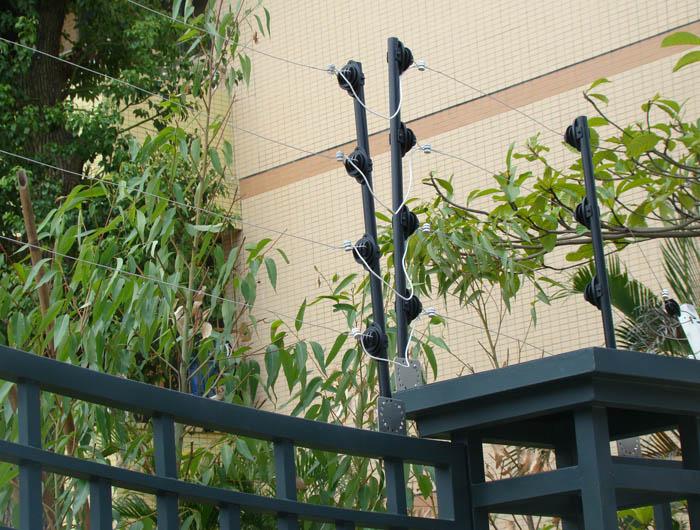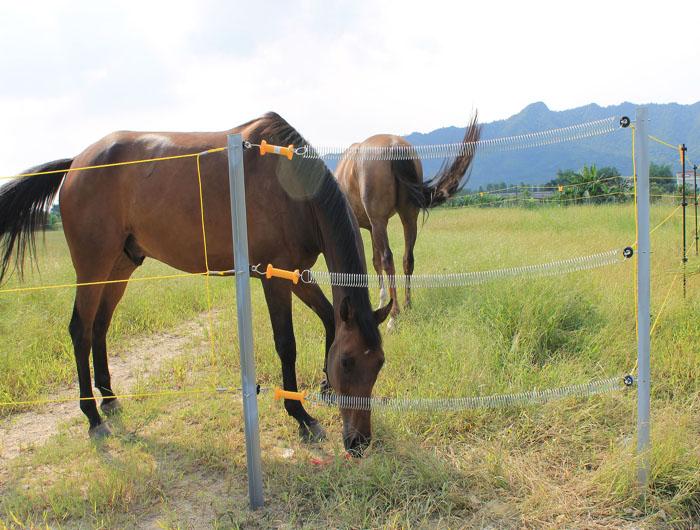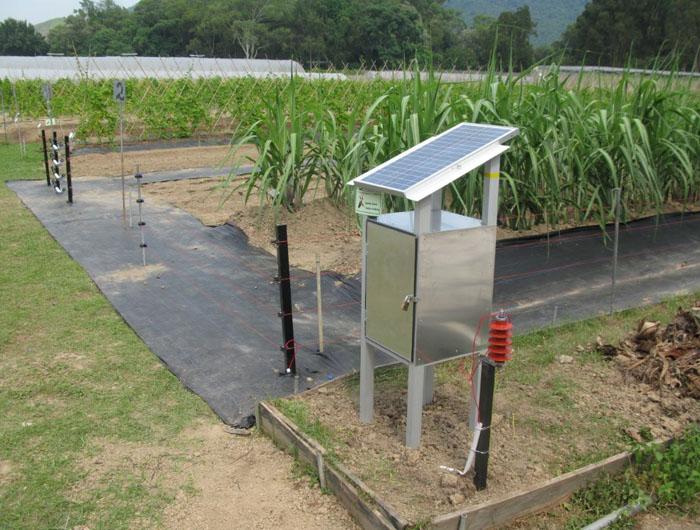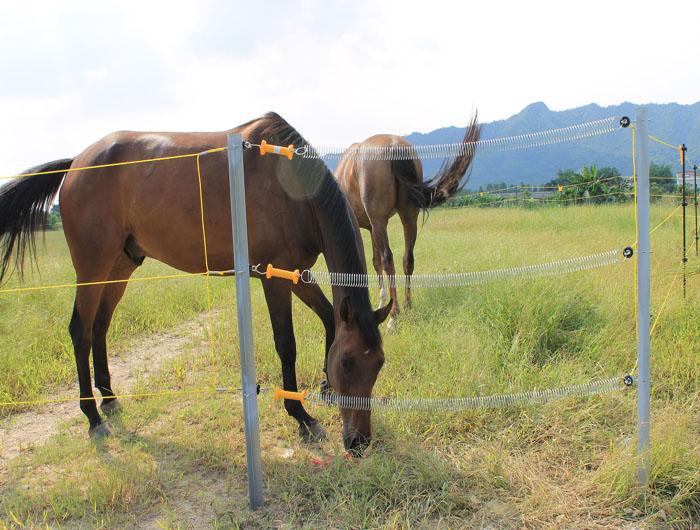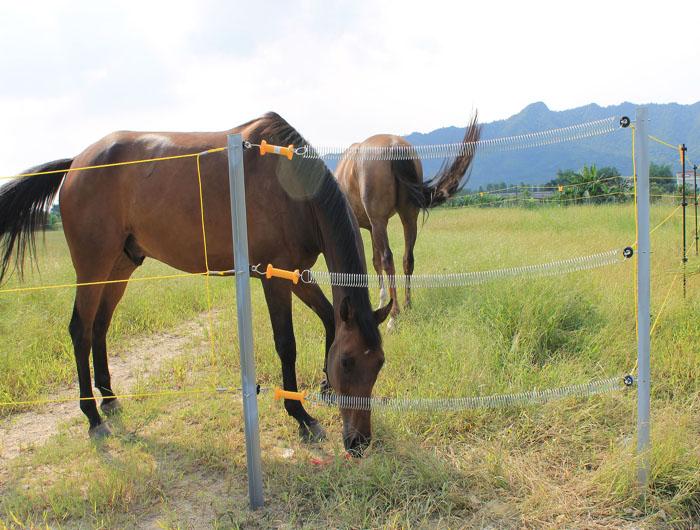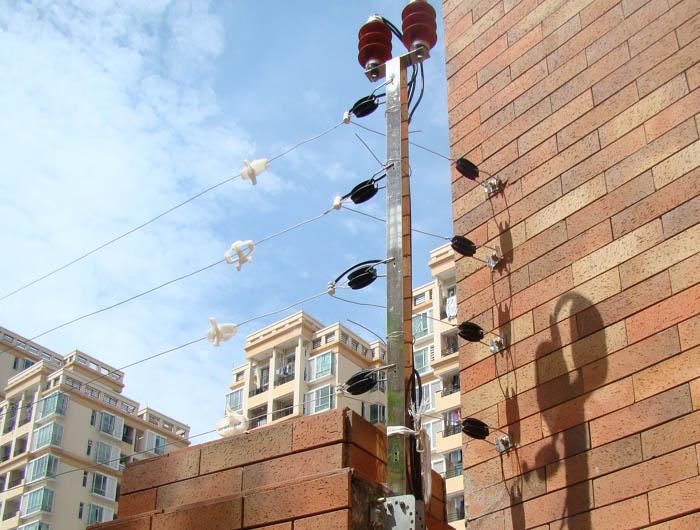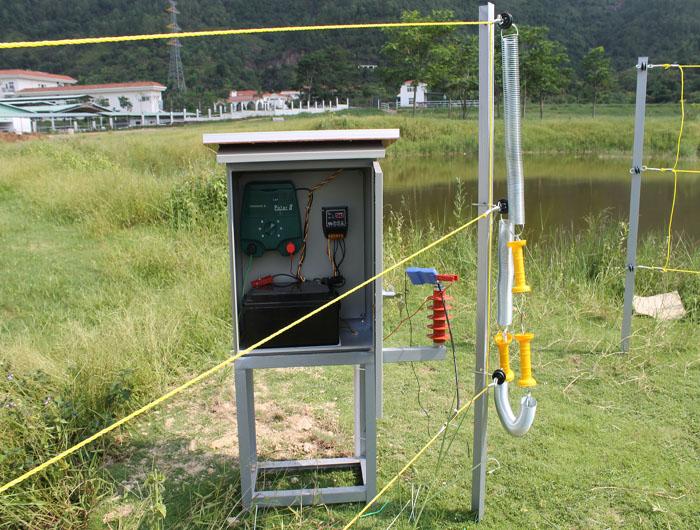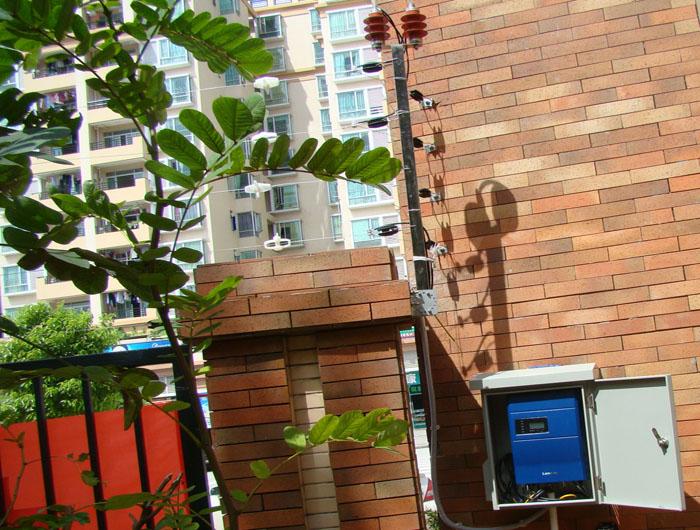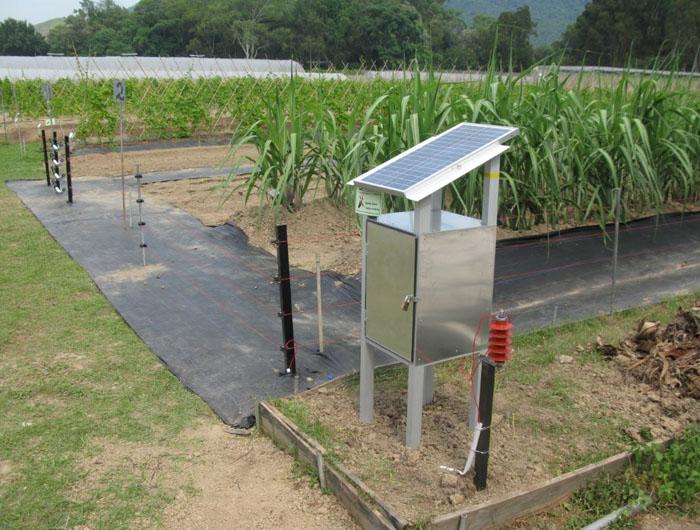The energizer (also called a fencer) is the cornerstone of any electric fence. Selecting the right one for your farm is crucial to making an electric fence work for you. Understanding electricity and all the jargon that goes with it can be a challenge. Luckily, thinking about water is often a great way to imagine electricity, so I’m going to draw comparisons between electricity and water throughout this article.
The first step in selecting an energizer is to determine your power source. If the fence is close enough, an energizer that plugs into the hydro is often the cheapest and easiest solution. As the fence gets further away from an outlet, running wires becomes expensive and other power options start to look more attractive. Deep-cycling 12 volt marine batteries are another potential power source for an energizer. These work best when you have at least two to swap out – one battery can charge while the other powers the energizer. An energizer being powered by batteries needs to be fairly accessible, so that batteries are easy to change before they run down. For electric fences in more remote locations, a solar panel may be the best solution. These tend to be the most expensive power source for a fence, but because the panel recharges the battery, it’s less likely to lose power than batteries alone. For solar panels to be effective, they need to receive a minimum of 4-6 hours of direct sunlight every day.
An electric fence is a psychological barrier: livestock learn not to touch the fence because the shock is unpleasant. Untrained animals or a non-electrified fence may enable livestock to go right through the fence, because it is not physically strong enough to stop them. To ensure the fence is “hot” enough to convince livestock to stay in the paddock, you need enough voltage. Volts are a measure of electric potential. If we draw a comparison with water, voltage is akin to water pressure.
Energizers are rated in joules, which is a unit of energy. Your energizer must put out enough energy to deliver the right voltage along the entire fence. Imagine a drip irrigation line. To be effective at watering plants, you need a high enough flow rate and water pressure to meet the water needs of whatever is at the far end of the line. The more holes you have in that drip tape, the less water will make it to the end. Those holes are comparable to weeds, tall grass, and branches touching your electric fence. They drain energy from the fence, reducing the voltage it delivers. This is called loading. Your energizer must deliver enough joules to overcome the load and provide enough voltage along the length of the fence.
At this point, I need to remind you that fences are linear. Not because I think you don’t know that, but because some energizer manufacturers have forgotten. Many energizers state on the box that they will power a certain number of acres of fence. This is not helpful, because the length of a fence around a square 10 ac paddock will be less than one around a long, skinny 10 ac paddock (Figure 1). Measuring an energizer’s size in acres gets even less useful when you think about the different lengths of cross fencing it might have to power, so it’s probably best to ignore acreage numbers on an energizer.
“Do you see over yonder, friend Sancho, thirty or forty hulking giants? I intend to do battle with them and slay them.”
— Don Quixote

